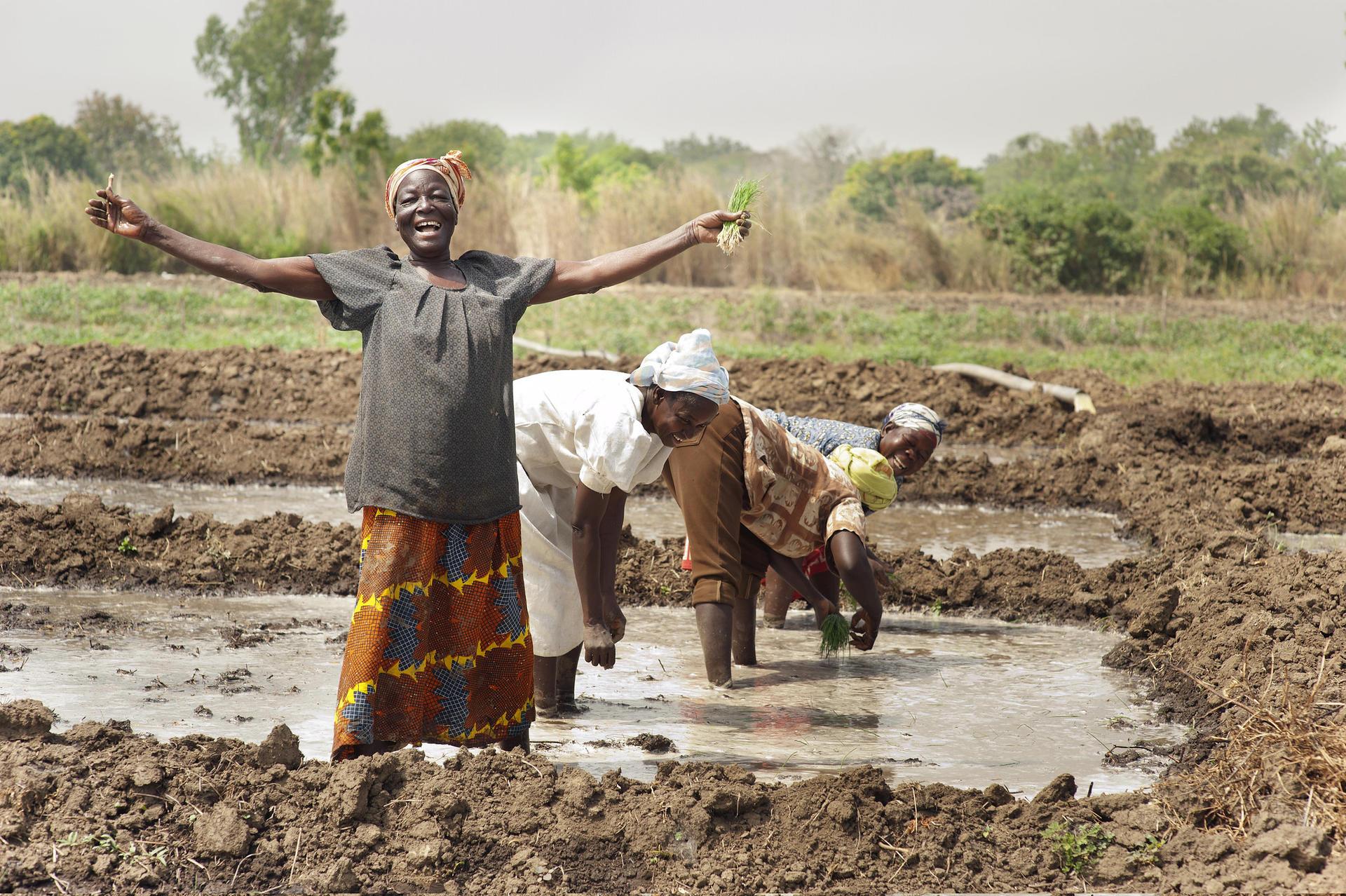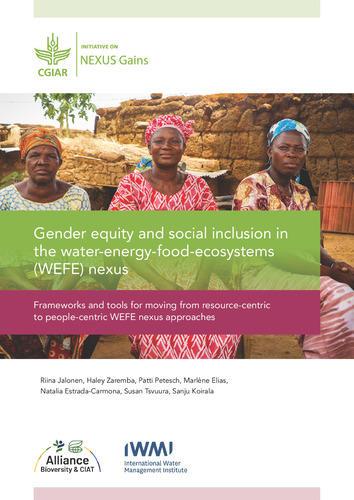Blog New learning resources place equity at the heart of water-energy-food-ecosystem nexus management

Imagine a rural community with limited access to water. Now imagine several of the local community members. One is a stay-at-home wife and mother who does not own a mobile phone. Her husband is an illiterate farmer who relies on rain to water his crops. Another is a well-off, educated male farmer who owns his own farmland with easy access to clean water. The last is an illiterate widow who does not have her own income and has no access to electricity. She lives in an area with limited and low-quality water, and she must walk several kilometers daily on foot to collect water and fuelwood for her household.
Now ask yourself: of these people, who will be able to receive and read a text alert about flooding about to hit their area? If there is a prolonged drought impacting agriculture, whose livelihood and food security will be negatively impacted?
What if a hydropower dam is going to be built upstream from the community in an area used by farmers and pastoralists from a local ethnic minority? The dam will greatly impact watersheds and flooding patterns, including on agricultural land, but it will provide much-needed energy to the area. Who will benefit, who will struggle, and who will have an influential say in where and whether the dam is built?

Vegetable farmer who uses solar pumps for irrigation in the Karkach Karmaiya Village, Dewahi Gonahi Municipality 6, Rautahat District of Nepal. Photo credit: Nabin Baral / IWMI
Water flows through many hands and many sectors, requiring integrated resource management
This mental exercise, briefly adapted from a Power Walk Activity adapted for the water sector, showcases how one’s identity and social standing can greatly determine their ability to manage essential resources, how they experience shortages, and how they are able to cope with resource-related shocks and stresses impacting them.
It also sheds light on how water issues are never just about water. As the hypothetical cases above suggest, water access is inextricably interconnected with energy, food, and ecosystems. The confluence of these essential resources is referred to as the WEFE nexus. And the way that different individuals and social groups interact with this nexus is essential to understanding its management, its impacts, and its fair and effective development.
“Role-playing activities like this are very useful especially when trying to teach gender equality and social inclusion (GESI) concepts to WEFE stakeholders with a more technical background,” says Sidra Khalid, GESI researcher at the International Water Management Institute and lead author of an adaptation of the Power Walk activity focused on the water sector. “When we did the Power Walk during a training in Pakistan, it was great to see participants linking water and food issues with broader social and power relations based on the character they were assigned, and realizing that gender is not our the social identity that affects our privilege or disadvantage in society.”

Women getting water in their pitchers after fetching it manually (by hand) from a deep well near Chilhar, Tharparkar, Sind, Pakistan. Photo credit: Muhammad Usman Ghani / IWMI
Integrating gender equality and social inclusion in WEFE nexus management
A GESI approach is key to comprehensive and responsible WEFE nexus approaches, or the integrated management of WEFE systems. Too often, women are left out of development and environmental initiatives since they are not seen as legitimate stakeholders. Moreover, women (and men) are heterogeneous groups and may have vastly different experiences based on other social factors, but they are also treated as a homogeneous group. And, as our hypothetical exercise underscores, many categories of men also experience marginalization.
A new learning module on gender equity and social inclusion in the water-energy-food-ecosystems nexus developed by the Alliance of Bioversity International and CIAT and partners helps learners understand the intersection of GESI and nexus concepts, as well as how to apply them to their own work to achieve equitable resource management outcomes that do not leave marginalized stakeholders behind. The module serves as important introductory material for WEFE-engaged practitioners, researchers and policymakers who want to design fair and inclusive programs and projects, and provides practical and strategic guidance for an equitable implementation of WEFE nexus approaches. It also illustrates how the inclusion of all stakeholders in nexus approaches leads to more resilient and sustainable WEFE resource management for all. The learning module has been integrated in the GIZ WEF Nexus platform, with other nexus training materials, and is freely available at this link.
Access the learning module here

